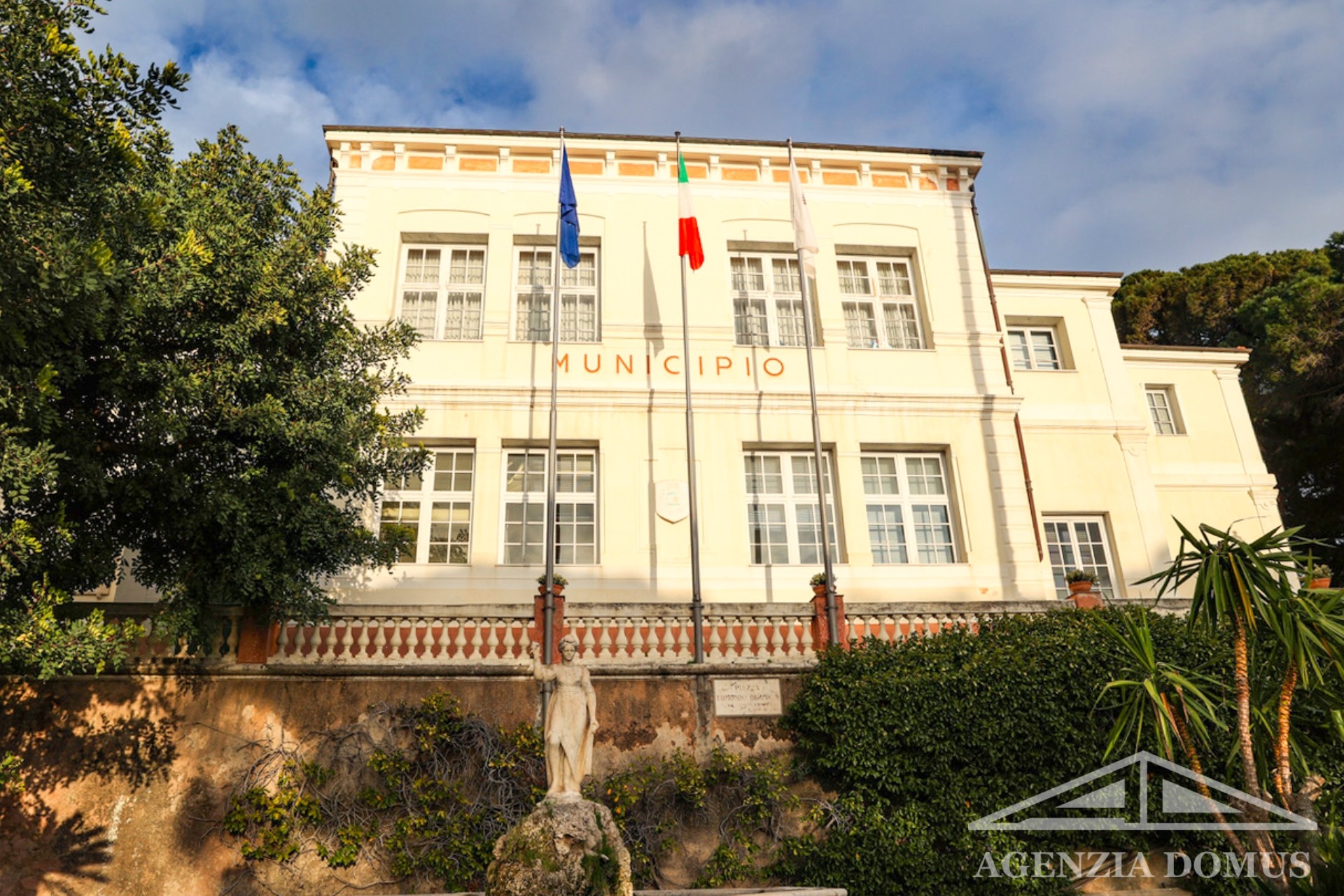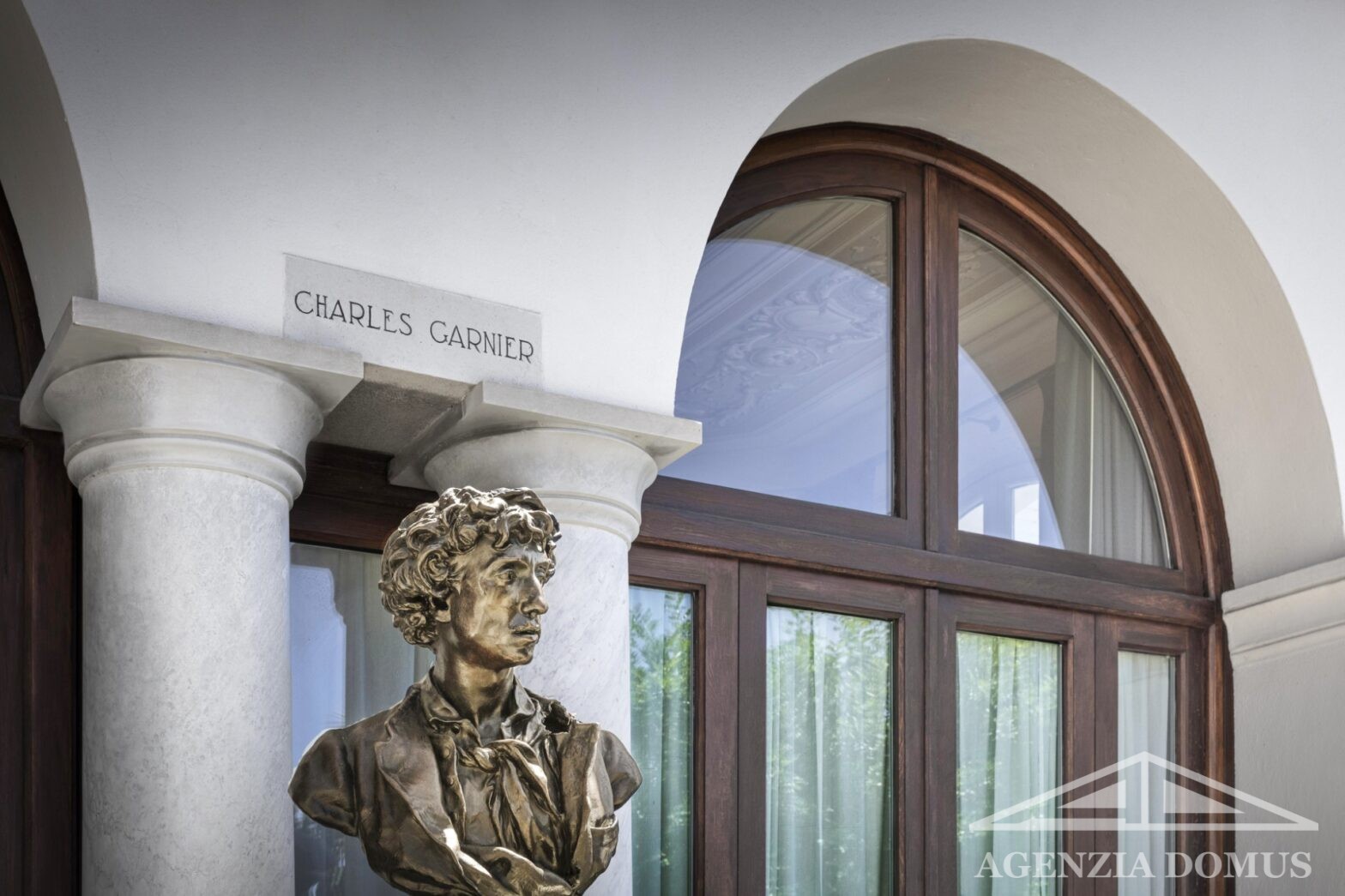Villa Garnier, nestled in Bordighera, the city of the Palms and a gem along the Riviera dei Fiori, has recently solidified its standing as a pinnacle of real estate excellence in this picturesque region. Acquiring a property or a housing solution from our extensive and enchanting sales proposals selection at Agenzia Immobiliare Domus is not just a transaction – it’s a genuine investment.
The allure lies in the fact that Bordighera, apart from boasting an enviable climate, breathtaking landscapes, and a unique, tranquil lifestyle both in the city center and the hills, has preserved a rare authenticity that distinguishes it from other locales, making it highly sought after.
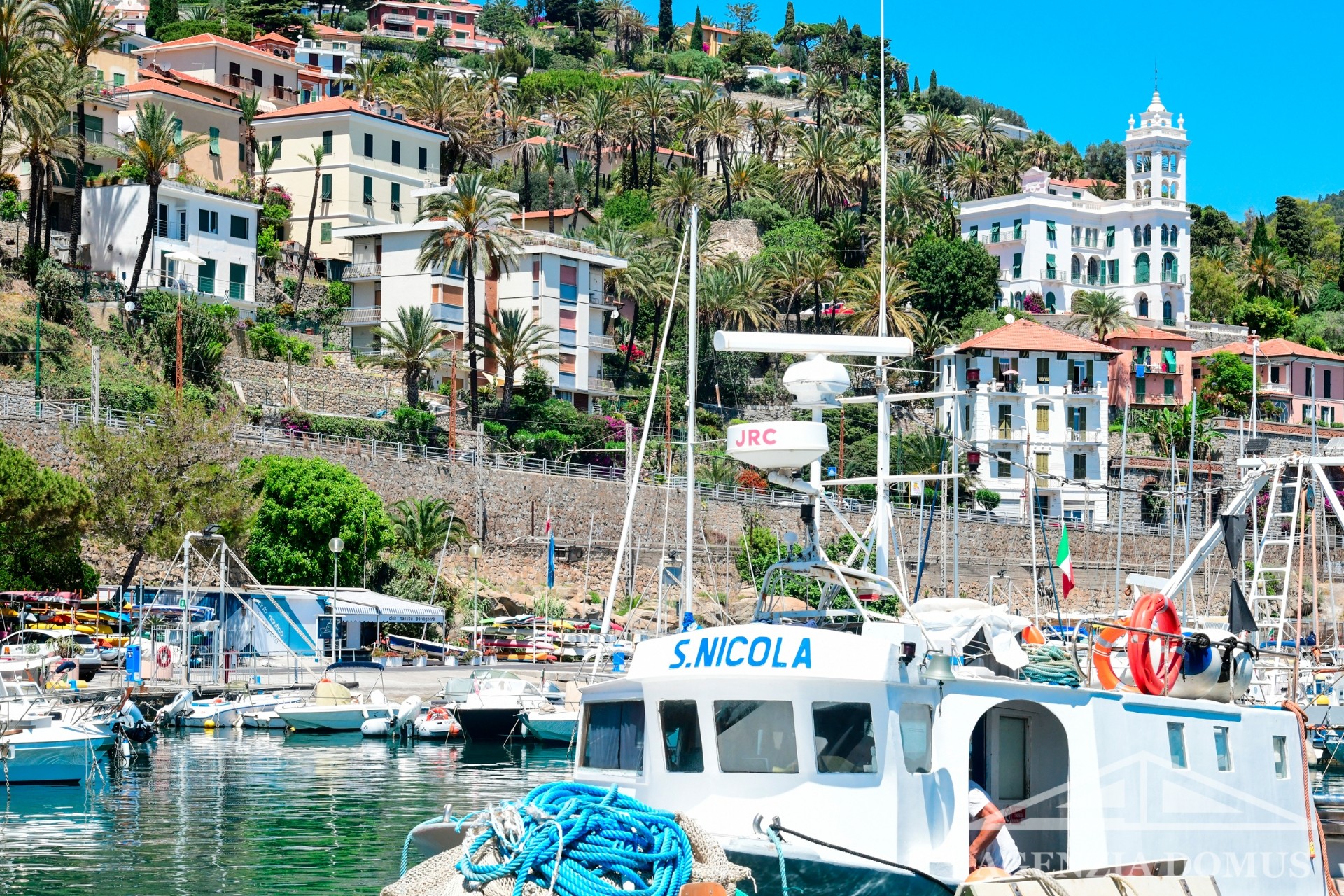
Over the centuries, the Queen of Palms has captivated artists and vips from Italy and beyond, including the renowned Parisian architect Charles Garnier. His contribution to the design and construction of fabulous villas in Bordighera continues to mesmerize anyone fortunate enough to witness them.
Bordighera through the Eyes of Monsieur Garnier: Architectural influences of a maestro
Born in Paris in 1825, Charles Garnier, having studied architecture under his mother’s guidance, developed a highly individualistic style emblematic of the Napoleon III era.
His neo-baroque temperament, occasionally eclectic, is recognizable in key works such as the Opéra Garnier in Paris (1861-1875) and the Concert Hall of the Casino in Monte Carlo (1878-1879) – source Wikipedia.
Monsieur Garnier’s encounter with Bordighera in 1864, during a stay in Menton, mirrored the infatuation experienced by another French luminary, Claude Monet. In 1872, the architect acquired a lush palm grove, transforming it into a botanical garden around the Chapel of San Sebastiano.
This site later became one of Bordighera’s most beautiful villas – Villa Garnier.
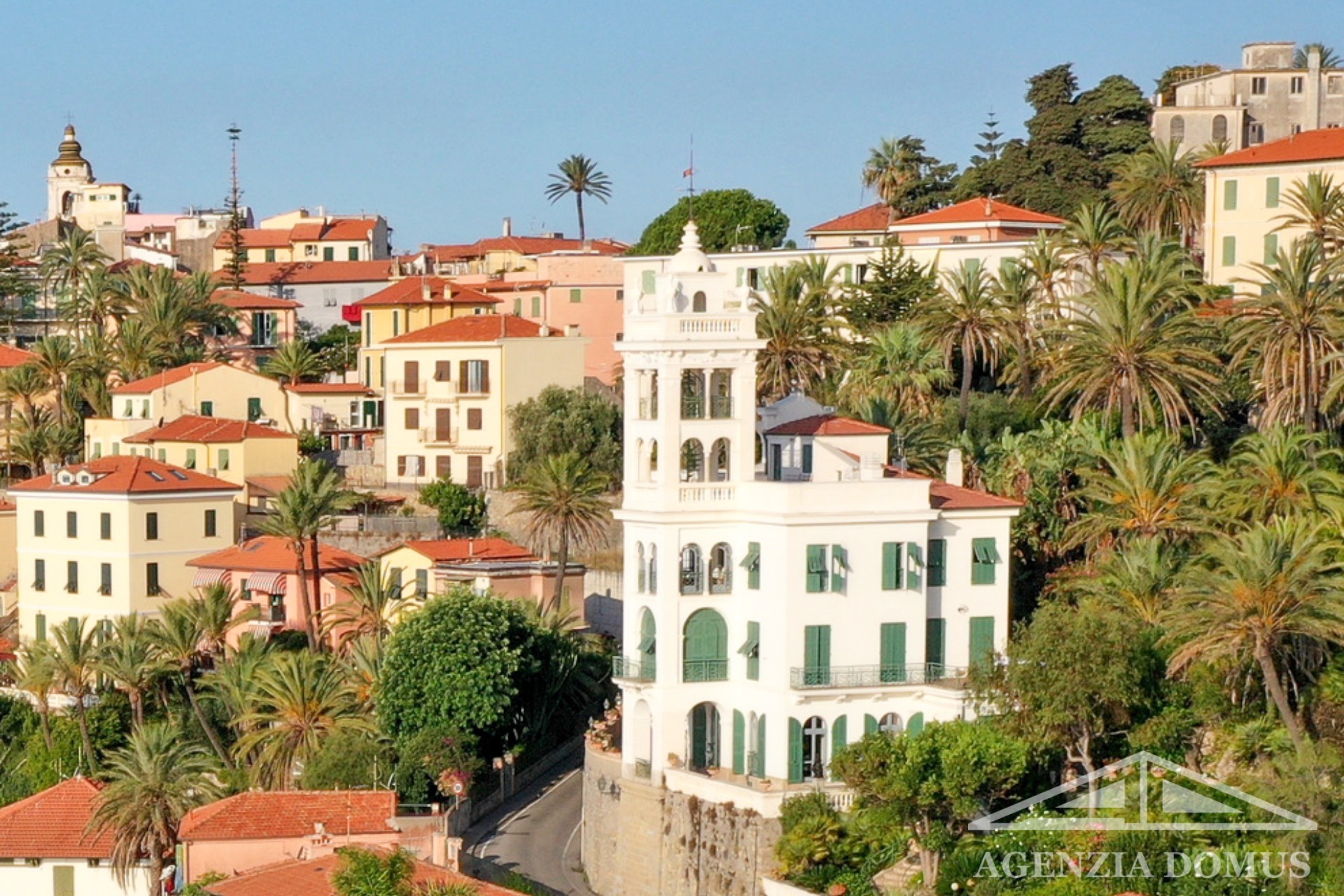
Villa Garnier: a residence of distinction grandeur
Today, Villa Garnier stands as vacancy retreat in Bordighera, boasting rooms within a period structure, a prestigious botanical garden, and a terrace with a sea view just minutes from the beach.
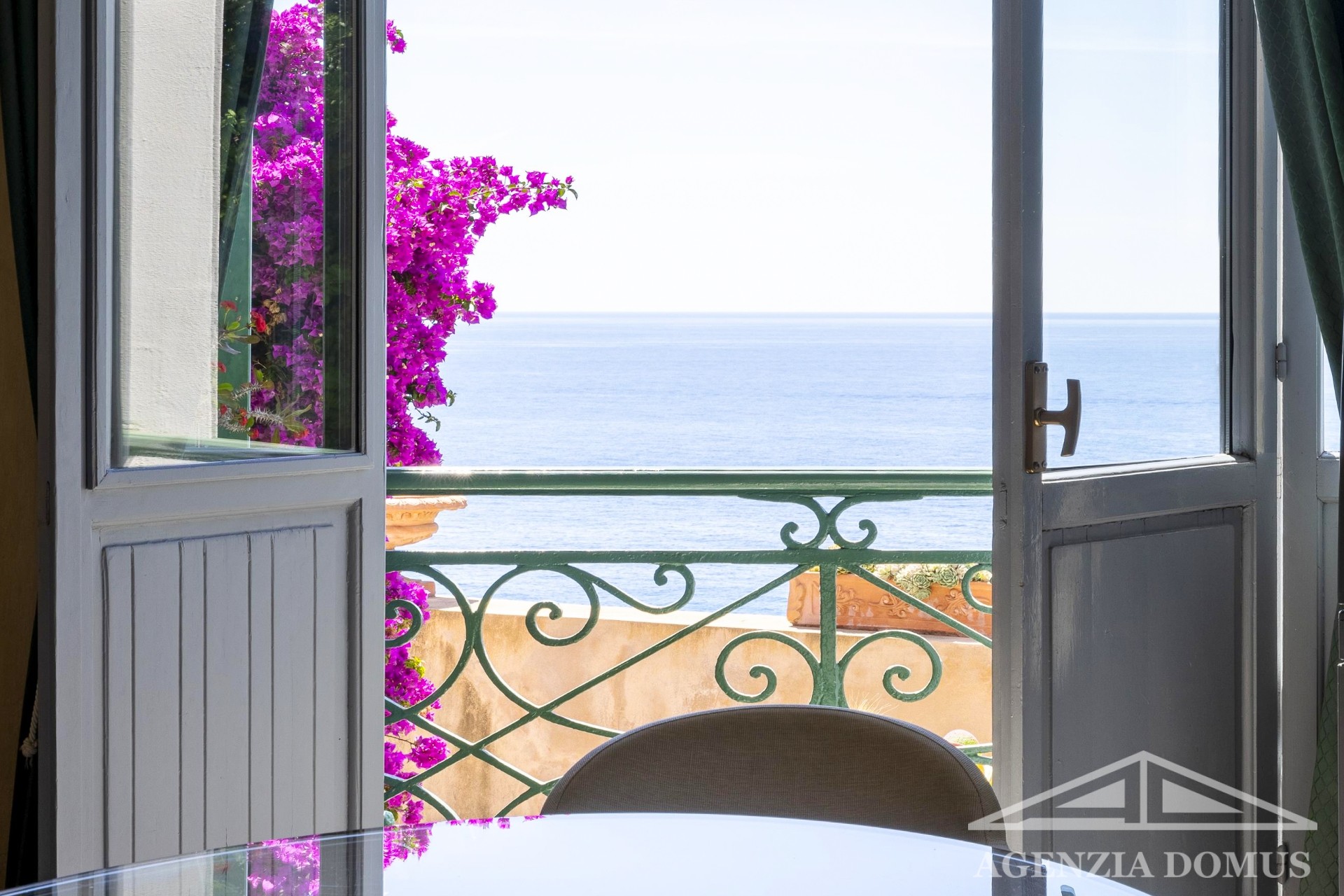
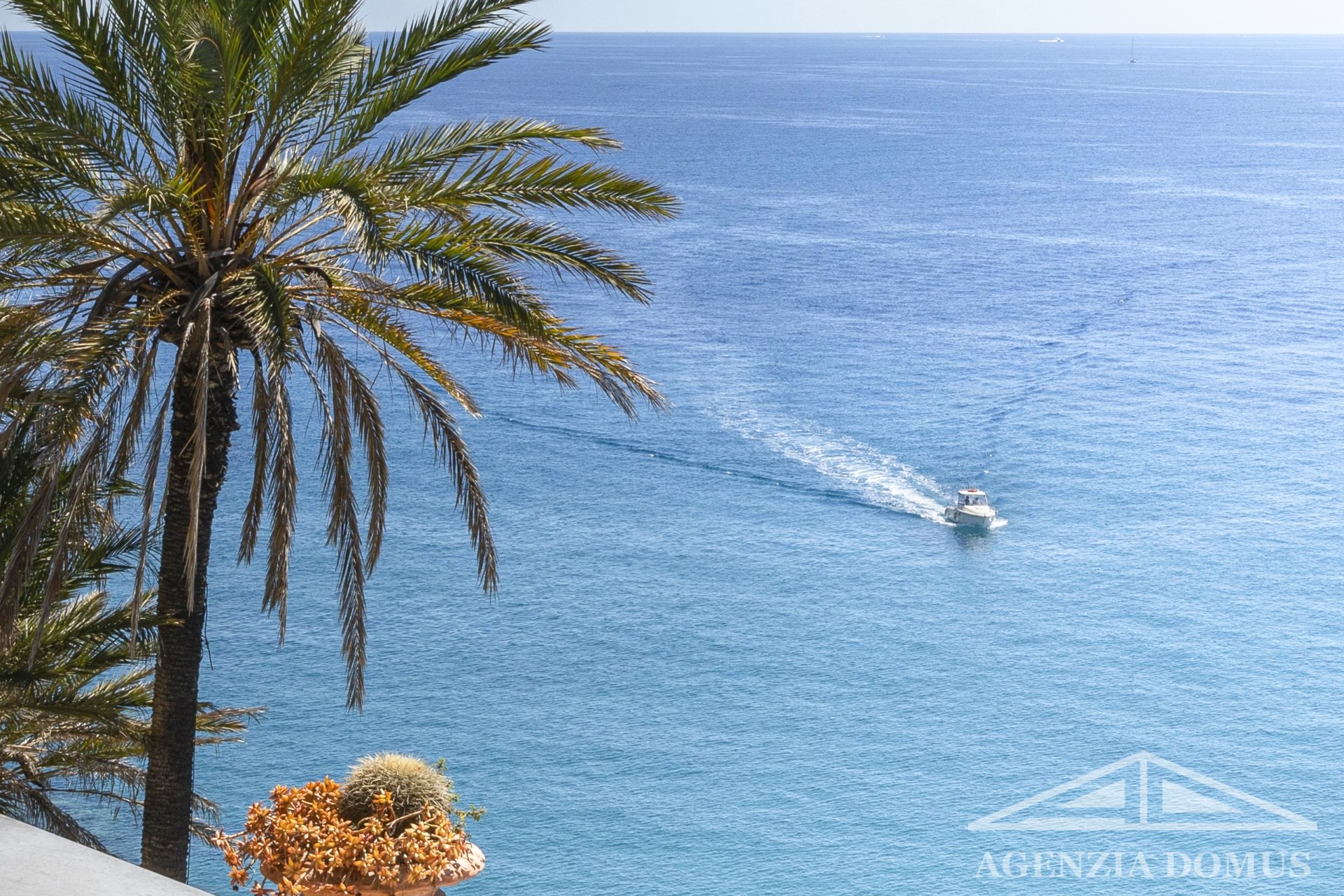
Its unique elegance reveals oriental influences, particularly in the Moorish-style tower, reminiscent of an Arab minaret.
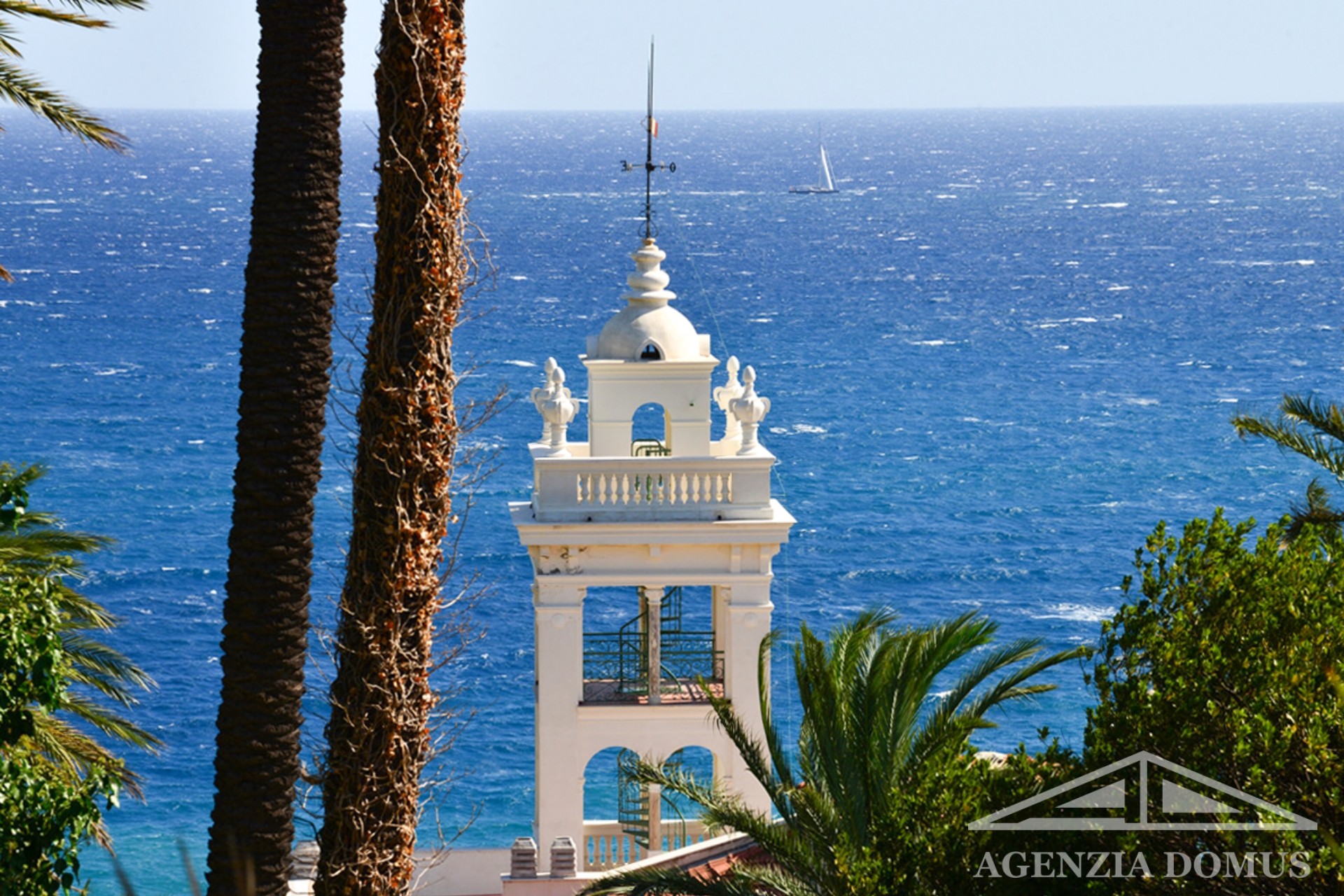
The entrance to Villa Garnier is marked by rich frescoes and drawings contributed by various artists, including Lenepveu, Meissonier, Boulanger, Bida, and Clairin – all friends and guests of the architect. The reading room preserves the delicacy of hand decorations, adorned with medallions depicting living animals, reflecting the aesthetic taste of Garnier.
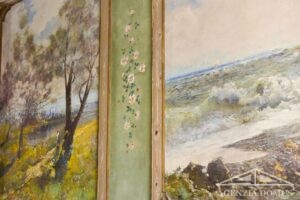
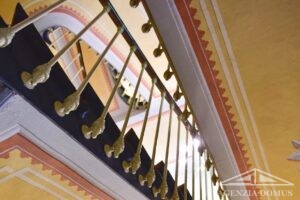
The dining room features a ceiling adorned with elegant floral decorations and a magnificent octagonal fresco by Baudry, depicting two angels in a captivating scene. The walls of the stairs leading to the upper floors showcase geometric patterns, seamlessly integrating artistic touches with the overall architectural context of Villa Garnier.
Villa Bischoffsheim and the tower of Garnier: a signature of style
In addition to Villa Garnier, Monsieur Garnier also designed Villa Bischoffsheim, now known as Villa Etelinda.
The work was commissioned by the Franco-German banker Raphaël Von Bischoffsheim. However, in 1896, Mr. Von Bischoffsheim opted to depart from Bordighera and the Riviera dei Fiori due to a series of misunderstandings with the local authorities. Consequently, the banker sold the villa to the noble English family of the Earl of Strathmore, Claudio Bowes Lyon. This distinguished family frequently played host to members of the British royal family, with notable guests including the Duke of York, who would later become King George VI, and his beloved daughter, Elizabeth II.
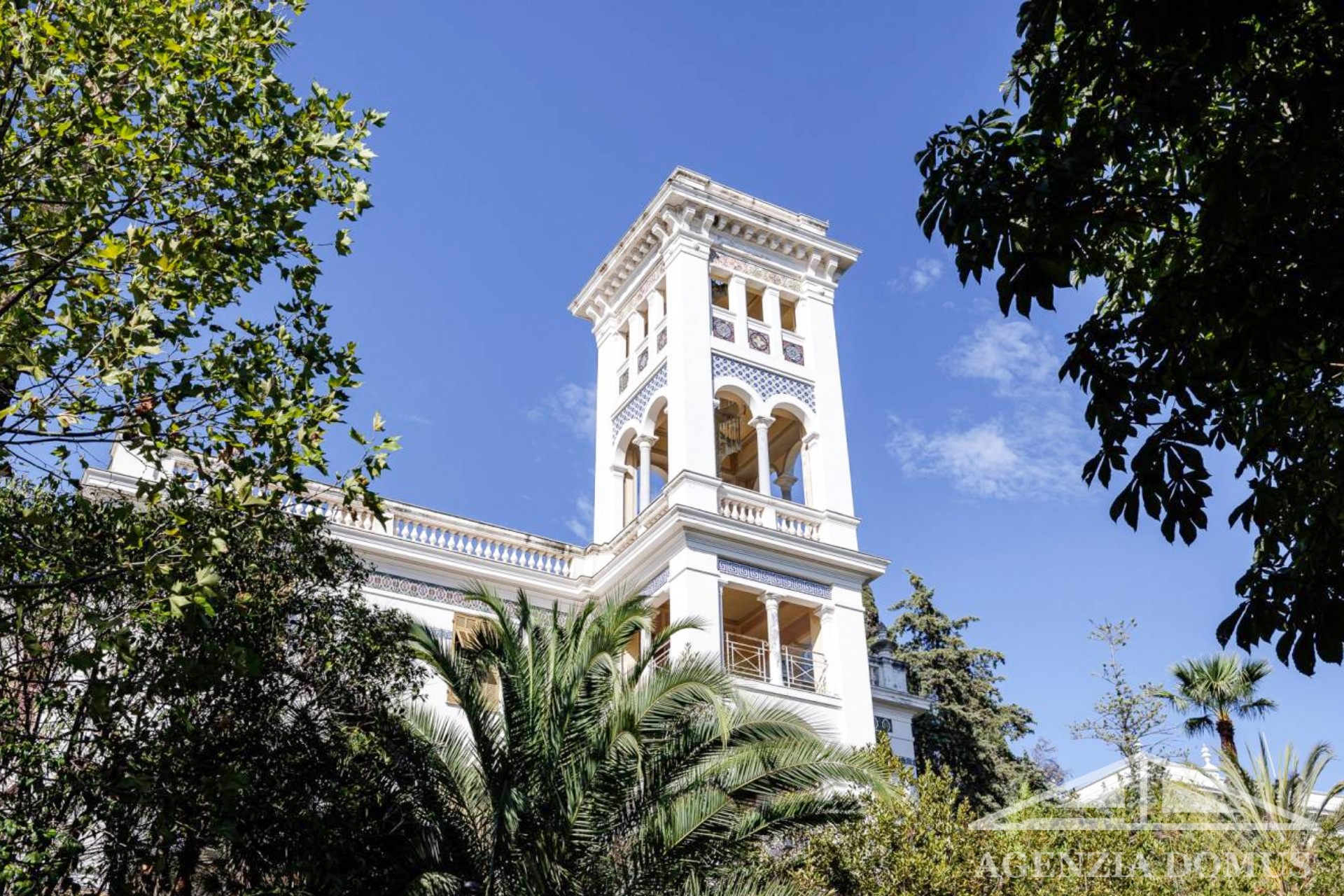
This villa shares a stylistic affinity with Villa Garnier, evident in the slender and lofty tower of Villa Etelinda.
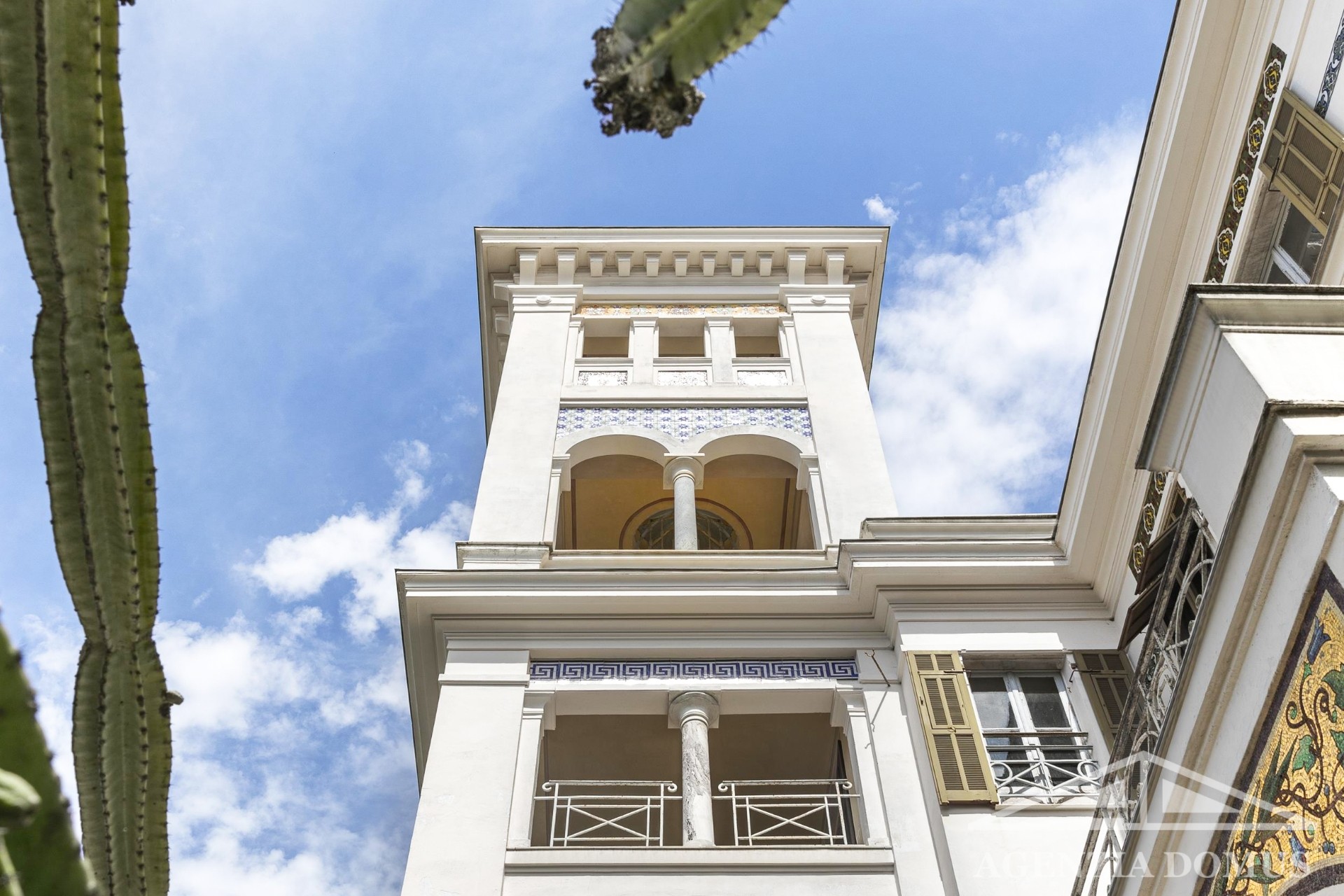
The villa seduced illustrious personalities such as the microbiologist Louis Pasteur and the Queen of Italy Margherita di Savoia, who were guests, and once again the famous impressionist Claude Monet, who represents “the sister” of Villa Garnier in a famous painting: “Les Villas à Bordighera” is kept in the Musée d’Orsay in Paris.
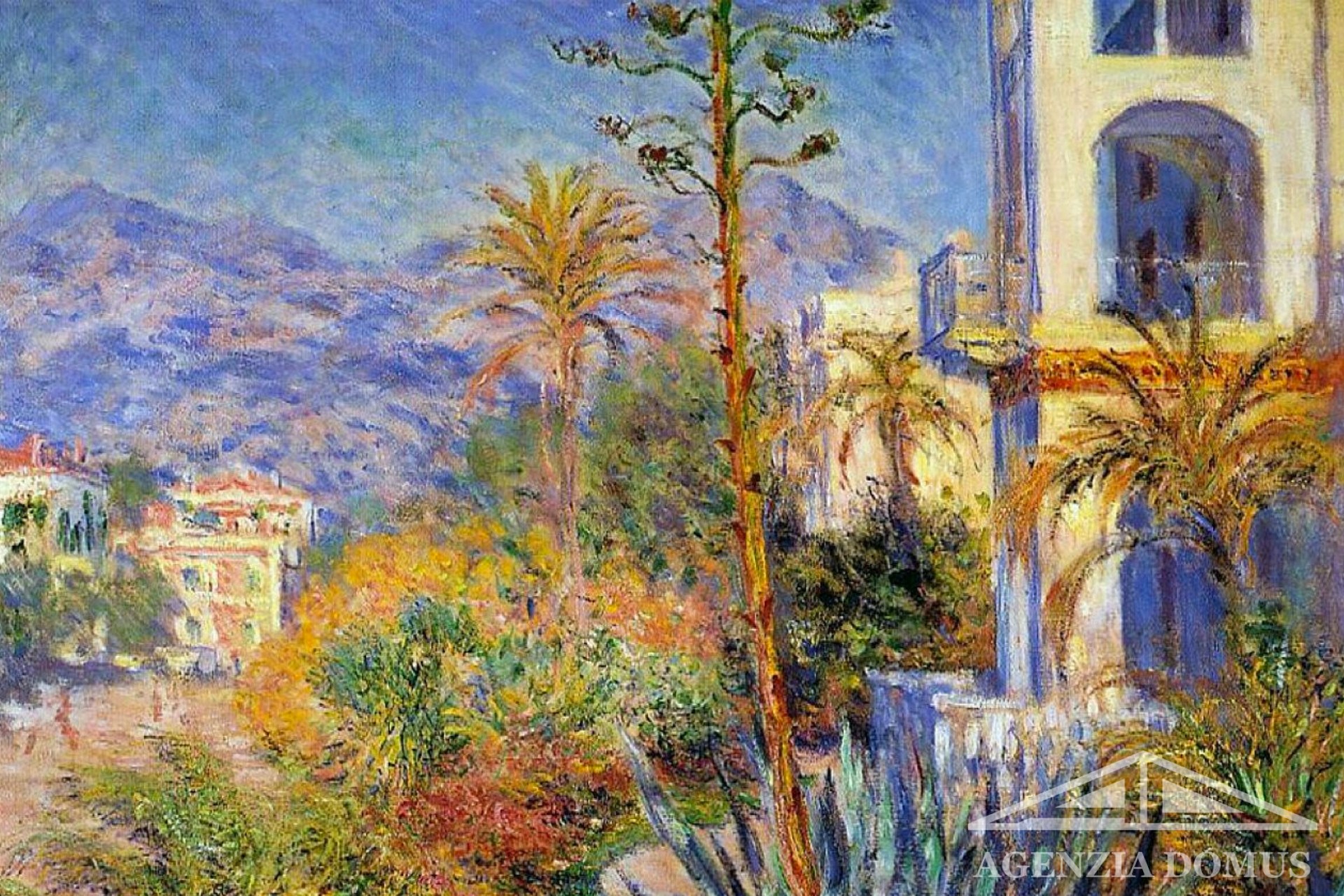
Queen Margherita personally acquired Villa Bischoffsheim in 1914 and resided there until the completion of Villa Regina Margherita. Following the Queen’s passing in 1926, Villa Bischoffsheim was generously donated by the Royal Family to the National Association of Families of the Fallen and Missing in War on June 17, 1926. The association has been managing the villa ever since.
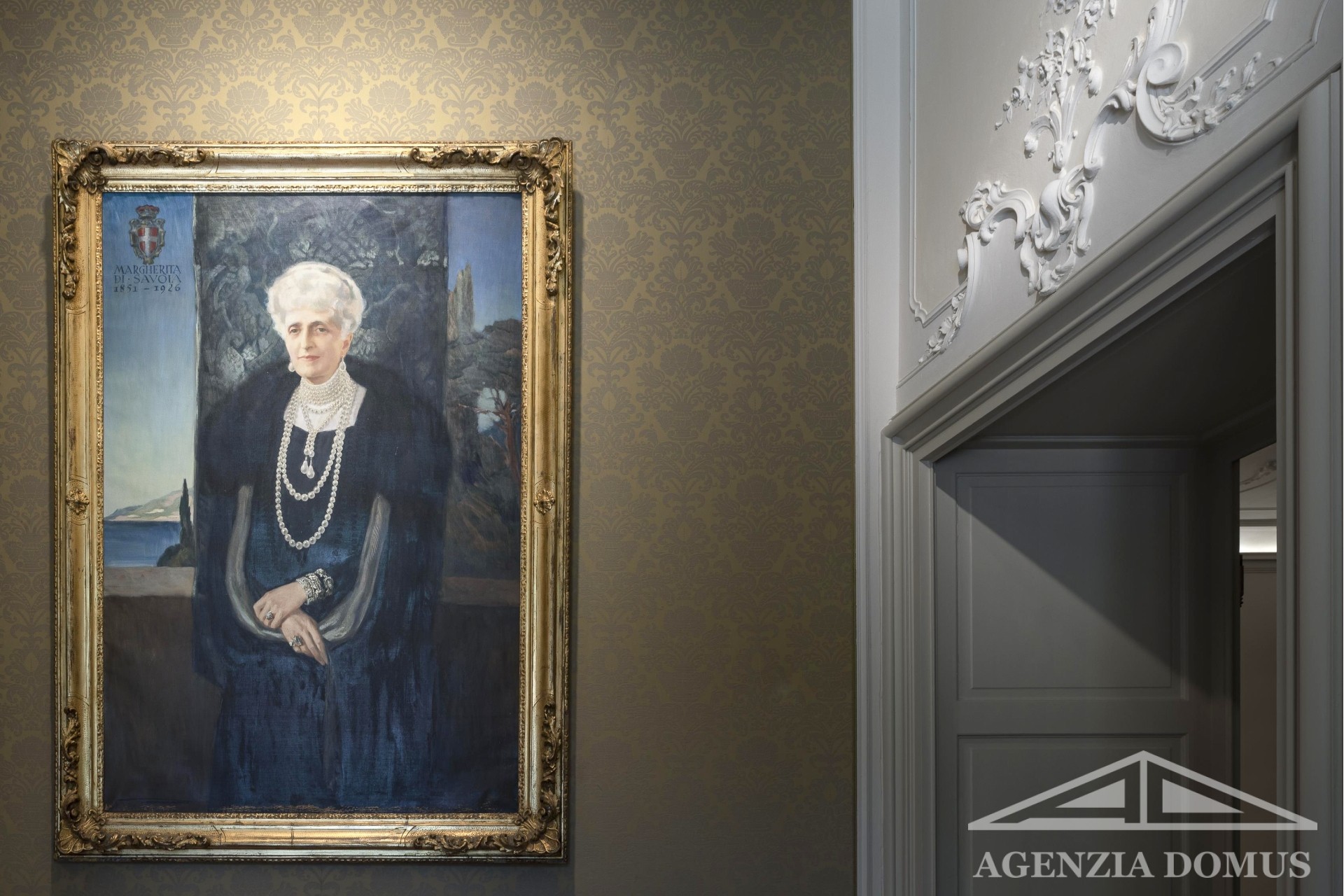
Beyond Villa Garnier, the enduring legacy of Monsieur Garnier
In Bordighera, in addition to Villa Garnier Villa Bischoff, Monsieur Garnier also created other buildings.
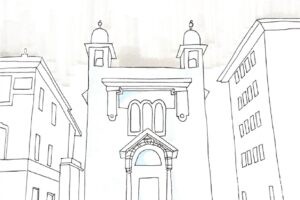
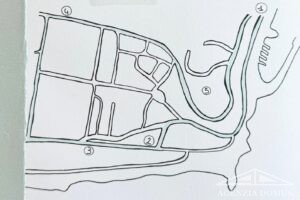
The most important are: the Church of the Holy Land, the Hotel Belvedere, the Municipal School (now Town Hall), Villa Studio, post and telecommunications (now the headquarters of the Municipal Police).
Buildings of a rare and timeless beauty, which contribute to make the charm of the Ligurian town irresistible and the real estate of Bordighera a sector in which to invest.
